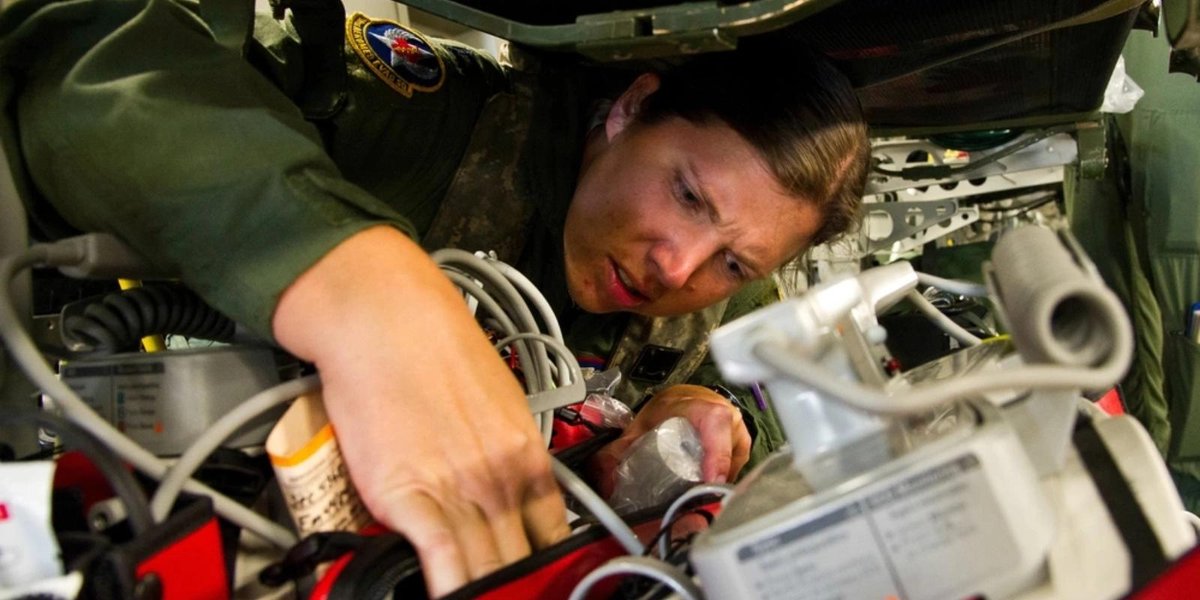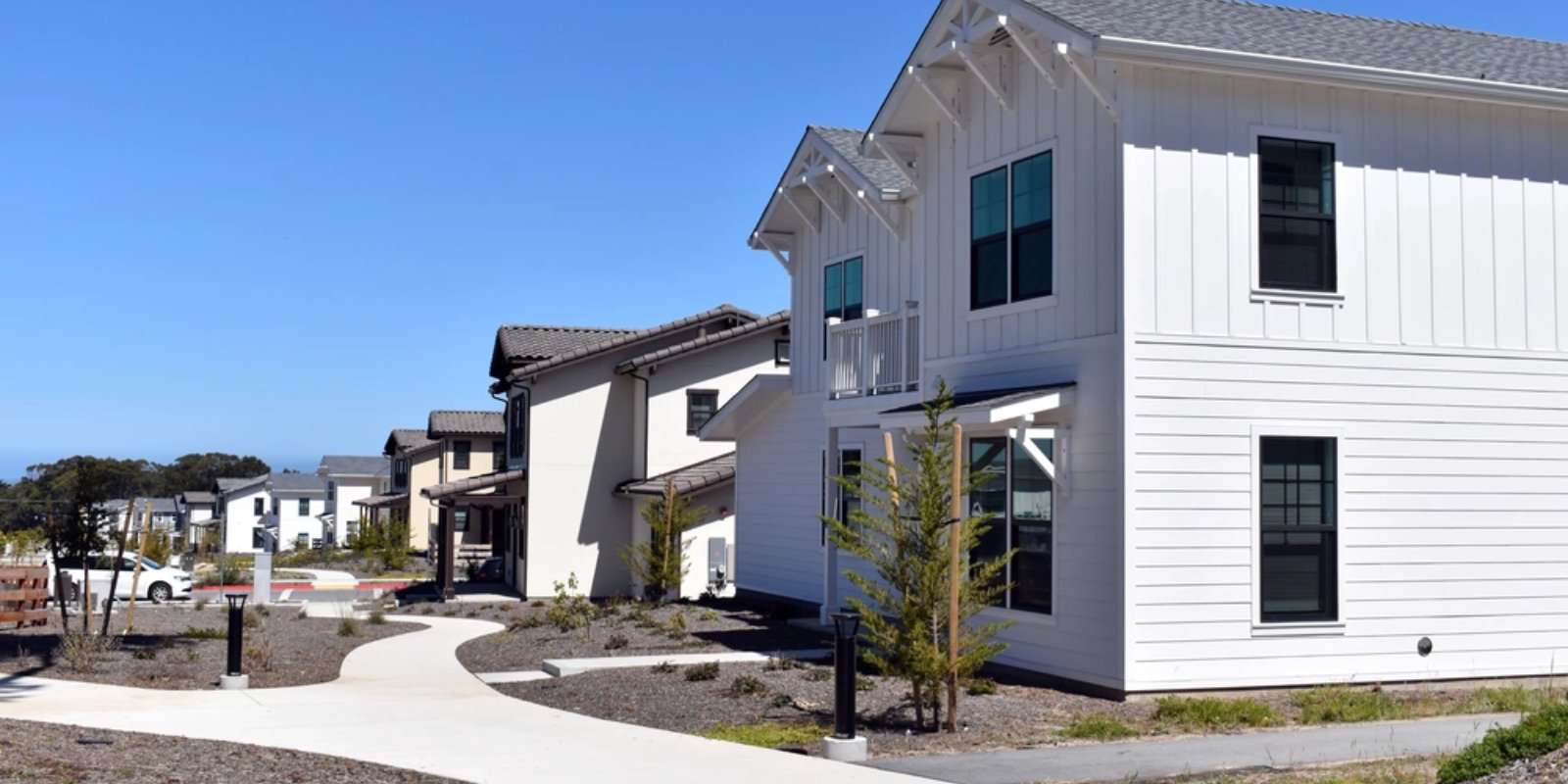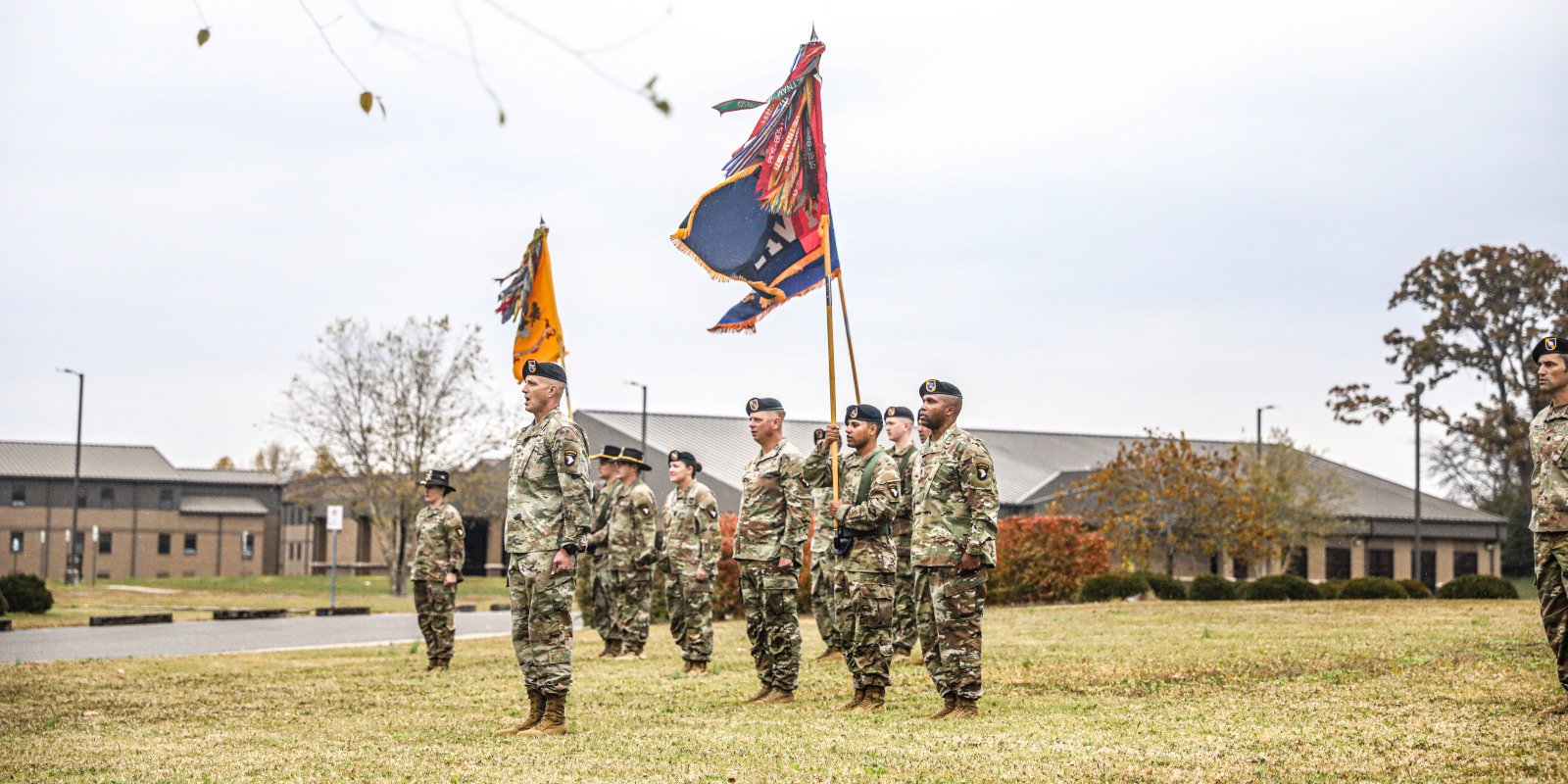JRTC UTILIZES ADVANCED TECH FOR MODERN COMBAT TRAINING

The United States military continues to have many advantages over our enemies, including the ability to conduct extensive, regular training to improve even further. In-depth war simulations, drills, and reporting all go into creating better warfighters who can practice scenarios, get meaningful reps, and hone their skills unlike anyone else. The Joint Readiness Training Center (JRTC) is one prime example for the Army, allowing other branches to collaborate while also advancing the capabilities of modern warfighters.
What Is JRTC?
The Joint Readiness Training Center (JRTC) at Fort Johnson, Louisiana, formally known as Fort Polk, is one of three major combat training centers, alongside the Joint Multinational Readiness Center (JMRC) at Hohenfels, Germany, and the National Training Center (NTC) at Fort Irwin, California.
These centers, along with the Mission Command Training Program (MCTP) at Fort Leavenworth, Kansas, are all a part of the U.S. Army’s Combat Training Center (CTC) Program and train our Soldiers for a variety of warfare conditions.
Warfare can happen in many different ways and the JRTC keeps troops ready with a variety of realistic, stressful training conflict scenarios.
JRTC Army facilities are responsible for training around 33% of the branch’s Brigade Combat Teams (BCTs), including the National Guard, its Reserve units, and their enablers.
Suggested read: 28 of the Best Fort Polk Restaurants
One of Three Army Dirt Combat Training Centers
Among the three Army Dirt CTCs, the Joint Readiness Training Center (JRTC) has the important task of providing infantry with realistic training focusing on joint operations and contingency force missions.
Not only are those stationed at Fort Johnson trained using advanced technology on the best techniques for modern warfare, but rotational units also act as Blue Force (BLUEFOR) to rehearse tasks for upcoming real-world operations.
Best of all, scenarios at JRTC integrate the U.S. Air Force and other military services, as well as host-nation and civilian role players, to simulate diverse situations and enhance collaboration between the branches.
Training scenarios include realistic interactions with host national officials, insurgents, terrorists, media, and non-governmental organizations.
Observer/Controllers (O/C) play a key role by monitoring performance, controlling operations, and guiding coaching.
After Action Reviews (AARs) provide immediate, impartial feedback to units, highlighting strengths and weaknesses.
The AARs help spark a discussion about what went right, and wrong, and how to improve in the future. Furthermore, each AAR focuses on specific missions or systems.
This specific kind of data, along with information about the consequences of their actions while training, for example, the number of casualties due to one decision versus another, all help troops understand with great detail how operations may look on the battlefield.
JRTC has four main priorities, which include training rotational units, supporting the units at Fort Johnson, developing leadership, and building for the future needs of the Army as a whole.
Additionally, JRTC focuses on forging strong alliances and partnerships to build a future-ready, lethal force.
The bottom line? At the JRTC, Soldiers are allowed to learn from mistakes in advanced military situations, improve as warfighters, and engage in meaningful, regular training unlike anywhere else in the world.
Suggested read: Fort Polk Housing: 3 On-Post Options
Joint Readiness Training Center Pushing a “Transformation in Contact” for Soldiers
Army Chief of Staff Gen. Randy George is calling the approach “Transformation in Contact” and it can make the exercises at the Joint Readiness Training Center in Fort Johnson even better.
The use of new technology is allowing better, quicker, more in-depth feedback for formations engaging in exercises.
This is essential for modern warfighters and allows troops the ability to learn and improve in new ways while adopting new technologies and more modern techniques during exercises.
The responsibilities of Soldiers are a bit different these days. Instead of worrying about noisy dog tags giving away their position to the enemy, troops must ensure Bluetooth and WiFi are turned off on personal devices to avoid detection.
There are technological vulnerabilities that troops must avoid to ensure networks remain secure.
Furthermore, new tactics emphasize smaller, dispersed units to reduce vulnerabilities and increase mobility in large-scale combat.
These changes combined with the adoption of better technology are helping JRTC provide more relevant training and feedback to everyone taking part in these exercises.
The Army is also prioritizing modernization efforts to scale faster, testing innovations like breaching robots and new drone tactics in ongoing training exercises.
Troops can even find more modern warfare tactics used in ongoing conflicts being applied by those in training and receive detailed notes on the use of the strategies we’re seeing in enemies and rivals today.
New technologies are here and everyone going through the Joint Readiness Training Center will get a first-hand experience with what modern engagement looks like along with the information and tools to remain an elite fighting force.
Read next: 24 of the Best Things to Do Around Fort Polk
Sources:
Joint Readiness Training Center, Stand-To! Accessed September 2024. https://www.army.mil/standto/archive/2018/08/13/
Joint Readiness Training Center, Army. Accessed September 2024. https://home.army.mil/johnson/application/files/7614/8892/1882/Joint-Readiness-Training-Center.pdf
Buddy Blouin
Buddy Blouin is a Contributing Writer at VeteranLife.com
Buddy Blouin is a Contributing Writer at VeteranLife.com
SHARE:



